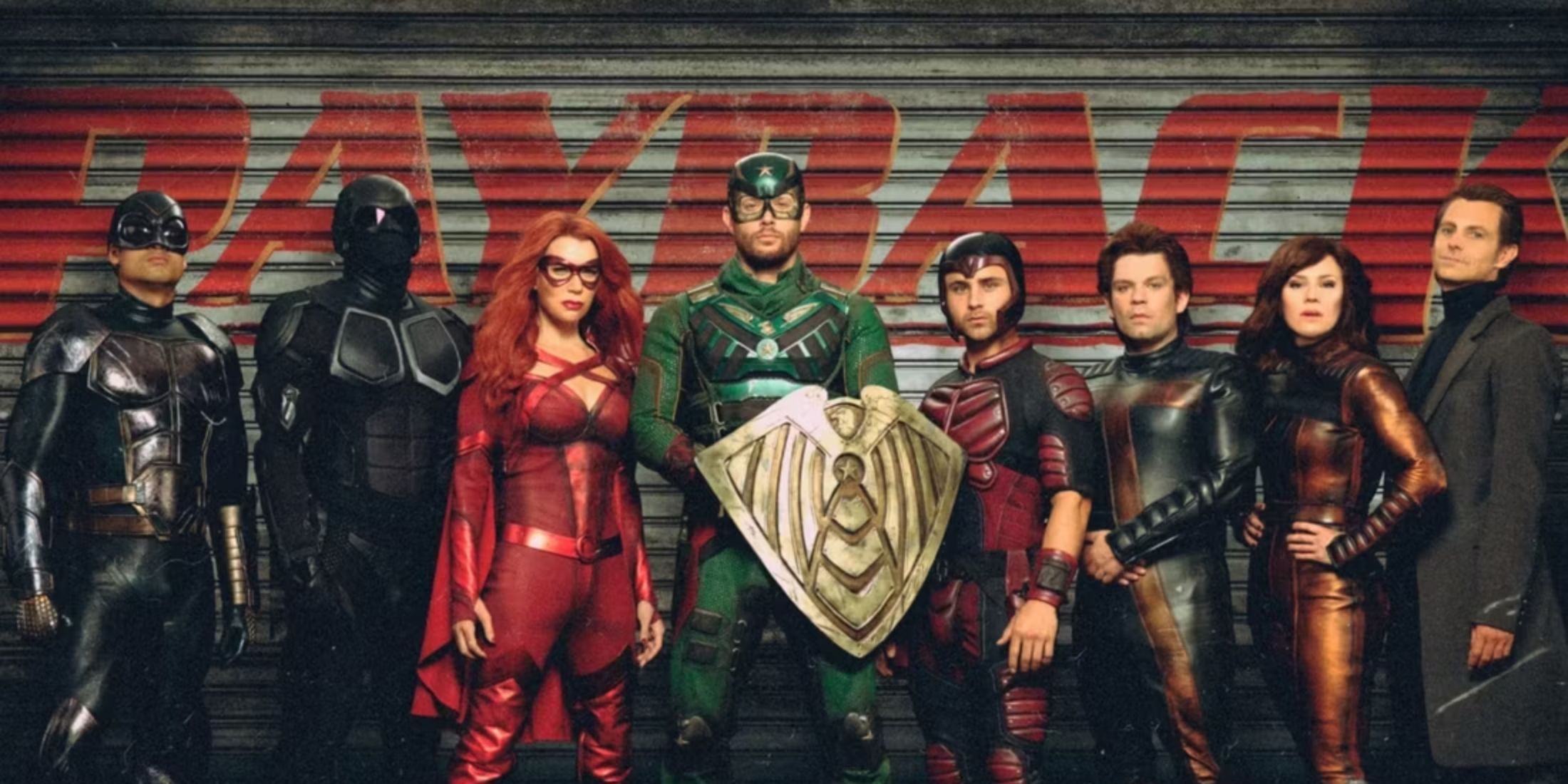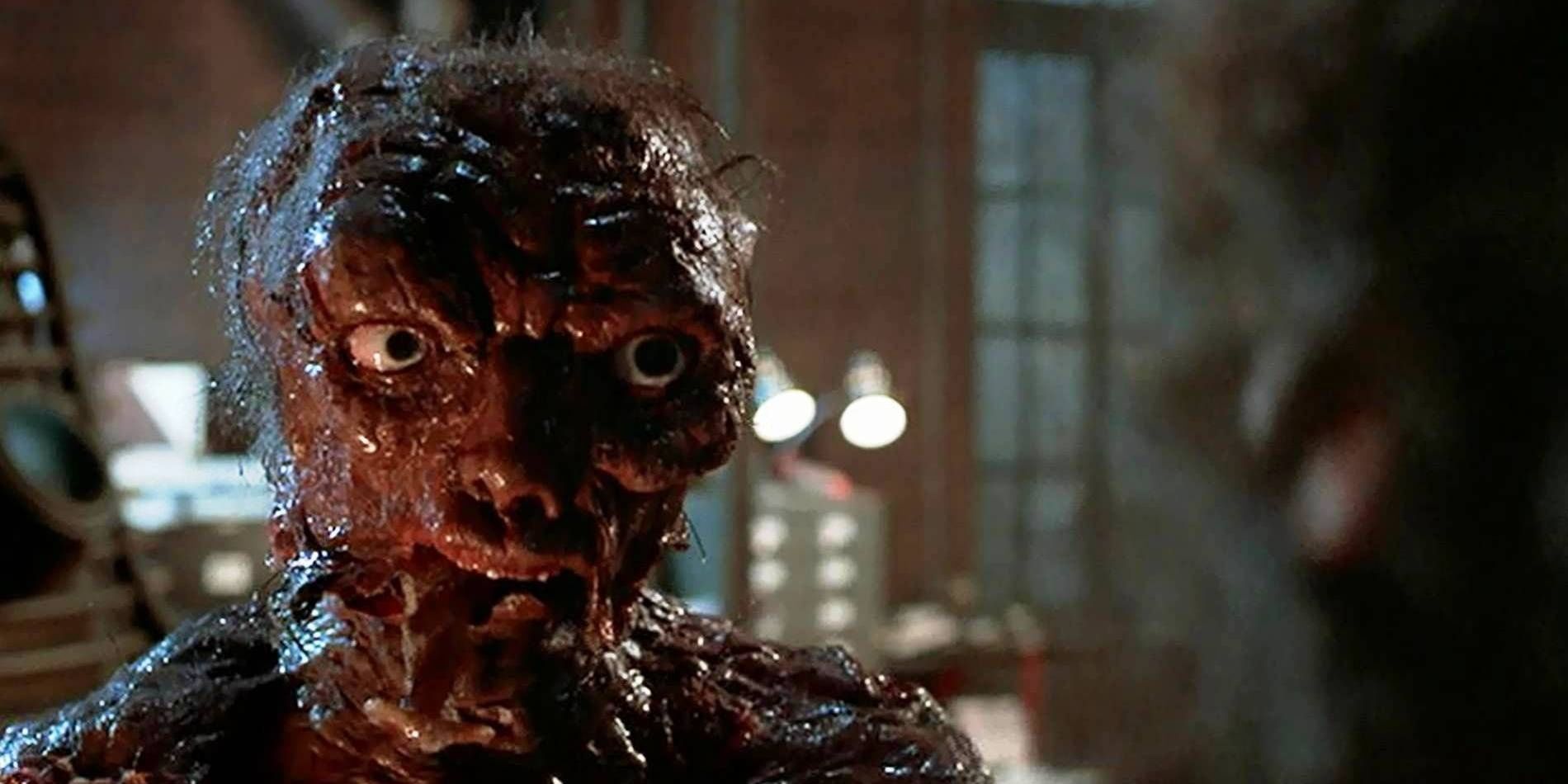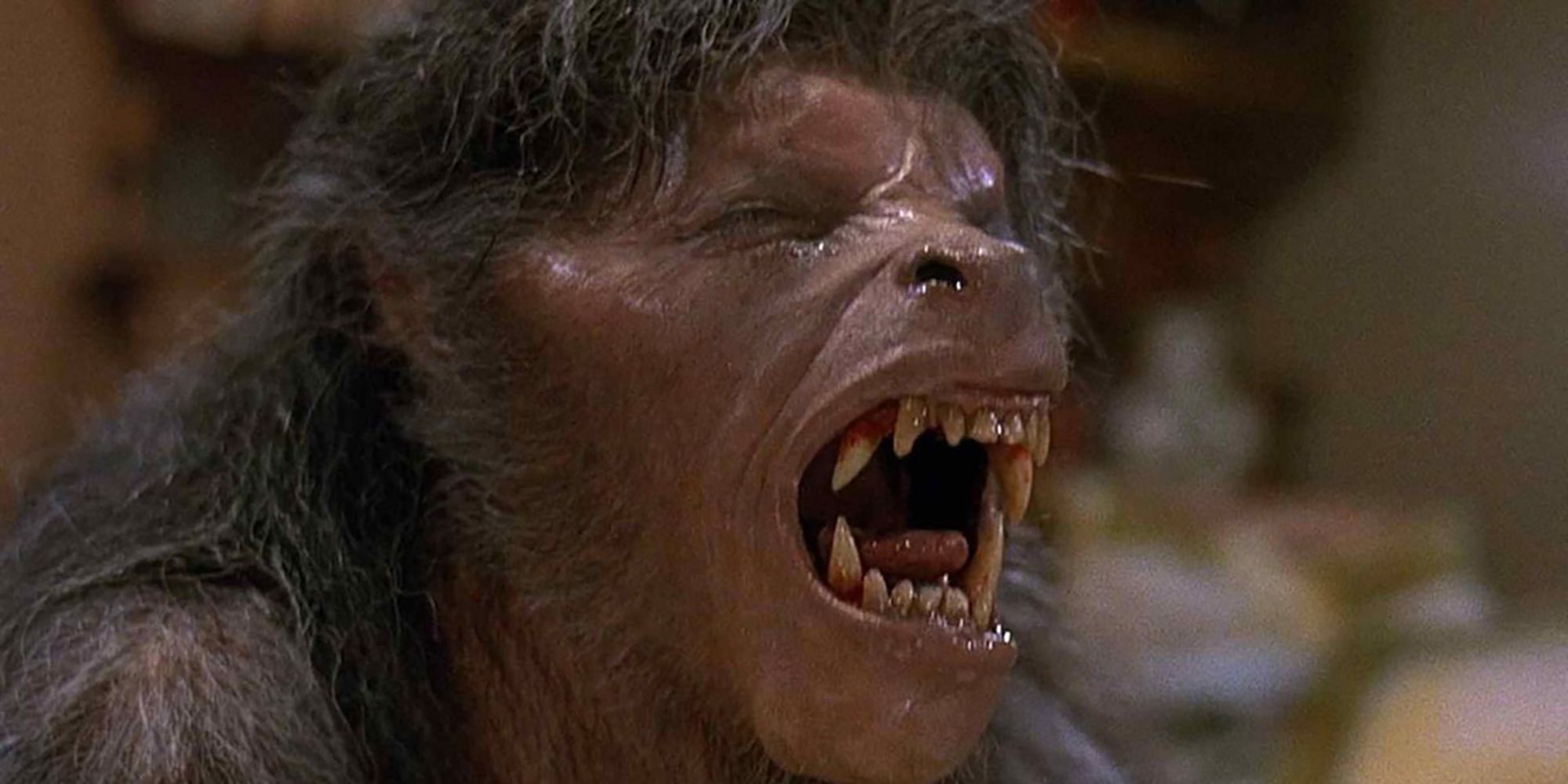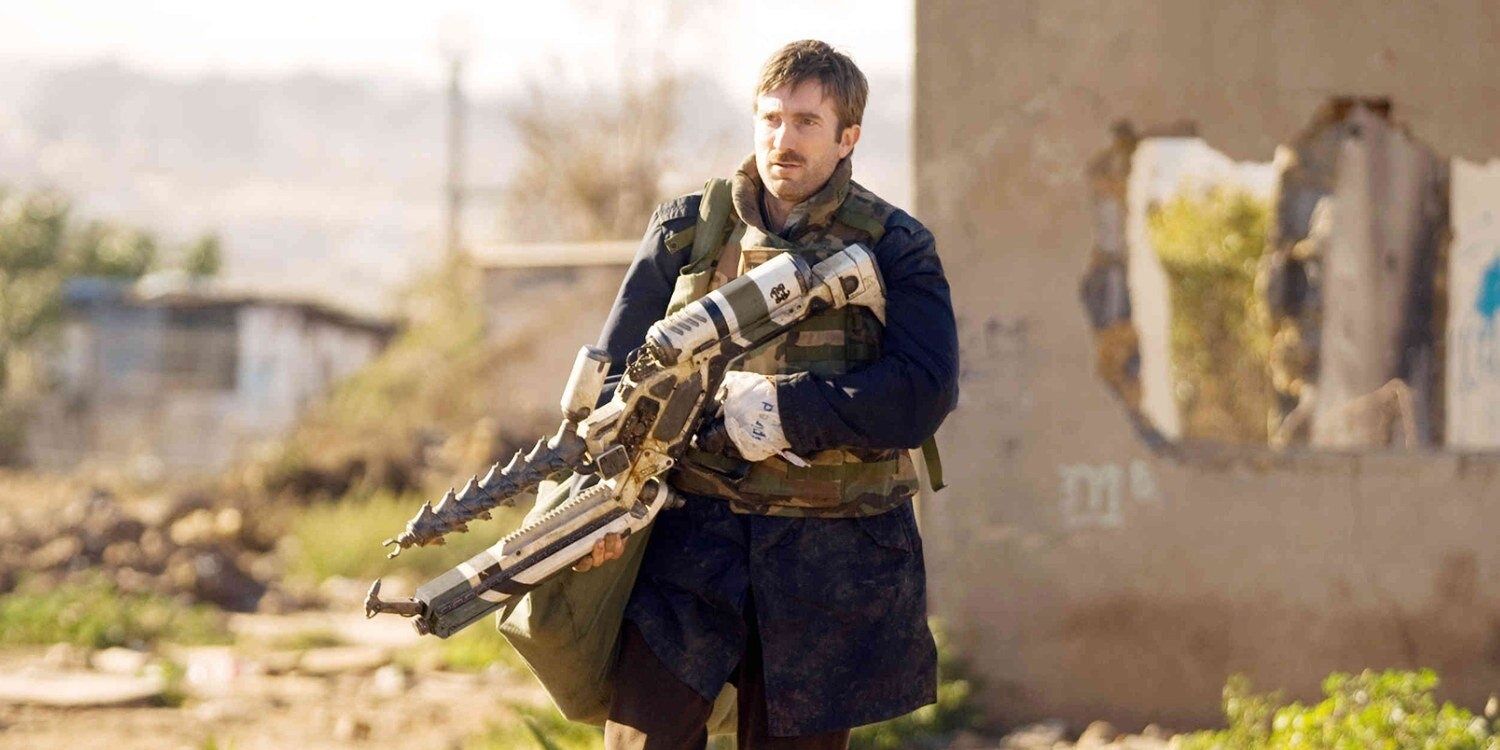Imagine being forcefully changed into something else. Fantasy stories feature many examples of shapeshifters and magic spells that change humans into anything they could imagine. After applying even a moment of thought to the concept, it becomes horrific. Transformation Horror imagines the process of changing shape as slow, torturous, and nightmarish.
Body horror is an inexplicably popular subgenre that turns all the violence of other horror concepts inward. It focuses on the human form being forcibly altered from within, corrupted by some unpleasant plague, or taken over by an internal parasite. Body horror loves to play with identity, asking whether a person is the same after their flesh and bones have changed.
Transformation scenes come in all shapes and sizes. A magical girl in an anime goes through a long-winded display of vibrant colors and bright lights before changing into a new outfit and using their powers. The Incredible Hulk tears through his clothes as he grows larger, losing his self-control and intelligence as he changes. Most examples are designed to demonstrate a shift in character, the shedding of one aspect of a character's identity to let a different one handle the situation. However, when a werewolf sheds its human skin and becomes a hunched-over monster, it's horrific. The process of biological alteration can be gruesome. Transformation Horror is the fun name for media that takes the time to watch the horrible perversions of flesh up close.
The earliest examples of transformation played for horror come in ancient mythology. Irish hero Cú Chullain could turn into a massive bundle of muscle through a natural ability called a Warp Spasm, granting him superpowers and a nightmarish appearance. Tons of early myths featured characters being forcefully altered by the gods, almost always with horrific effects. The difference is in the description. Most early examples feature horrific transformations, but rarely describe the changes in detail. A deity just snaps their fingers, leaving their victim permanently altered. One of the earliest examples of proper Transformation Horror comes in Dante Alighieri's Divine Comedy. The seventh trench of the eighth circle of Hell covers the punishment of thieves, which happens to feature a fair amount of body horror. A percentage of thieves are transformed into snakes, which must then bite the remaining humans to gain their original bodies back. This constant switch from human to a reptile is described in detail, with a great deal of anatomical specificity.
Werewolves are one of the most frequent customers of Transformation Horror. Lycanthropy dates back to Ancient Rome and old English mythology, popping up in various locations around the world. Werewolves have been central to film since the earliest days of the medium. Early werewolves would often change from a man into a wolf, but many modern examples become an anthropomorphic hybrid of the two. The most influential example is probably still John Landis's 1981 classic An American Werewolf in London. The transformation scene, achieved entirely through the practical wizardry of Rick Baker, is one of the most powerful horror movie moments of the 80s. The four decades since have struggled to recapture the imagery with all the fanciest computers money can buy, but Baker still stands unopposed. Werewolves can be played for action or comedy, but they're a great vector for Transformation Horror.
As with all other aspects of body horror, David Cronenberg is largely the undisputed master. His 1986 classic The Fly is basically entirely built around the concept. Loosely adapted from George Langelaan's 1957 short story and the 1958 film, The Fly is best remembered for Jeff Goldblum's feature-length transformation into the title animal. Goldblum, as scientist Seth Brundle, goes through seven discreet phases of transformation, each more horrific than the last. The influence of The Fly cannot be overstated. Fans have seen parallels in everything from District 9 to XX.
Even non-horror media can make use of a scary transformation sequence. Look to the beloved N64 classic The Legend of Zelda: Majora's Mask. The Zelda franchise has the propensity to get a bit darker than one might imagine, but Majora's Mask abuses body horror in the strangest of places. The central mechanic of the game involves wearing masks that grant Link a new appearance and new abilities. The catch is that each transformation requires borrowing a dead man's face in a transformation that appears to be agonizing. Link lets out a scream every time he takes a new form. It's a fair reaction, given that he's growing rocks out of his flesh, trading his lungs into gills, or turning into a sentient plant.
Transformation Horror can pop up almost anywhere. Characters in fiction are often so nonchalant in their responses to absurd occurrences, but Transformation Horror brings a reasonable reaction to a terrible scenario. Even if the change is a positive one, it's hard to imagine how horrific it would be to become something new.






